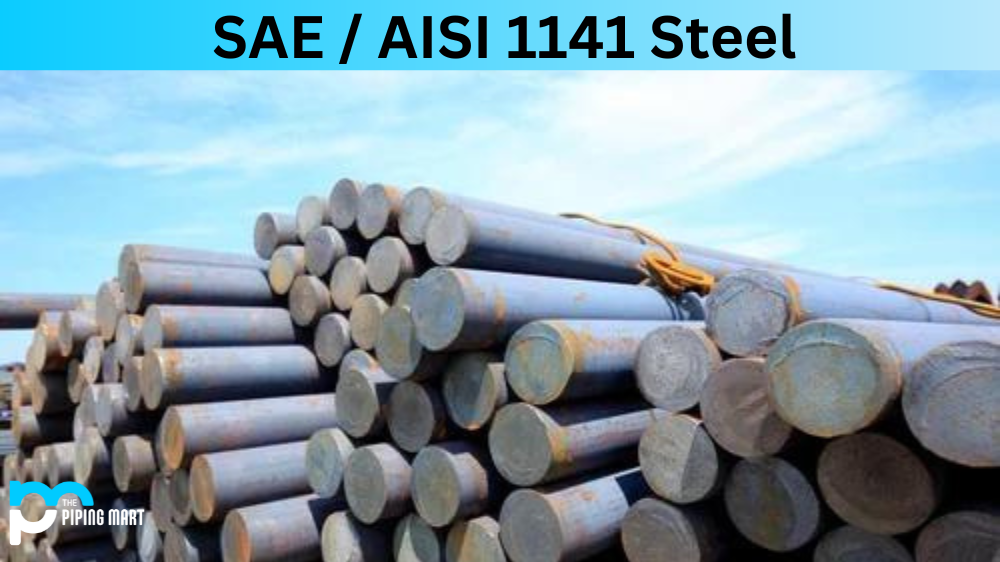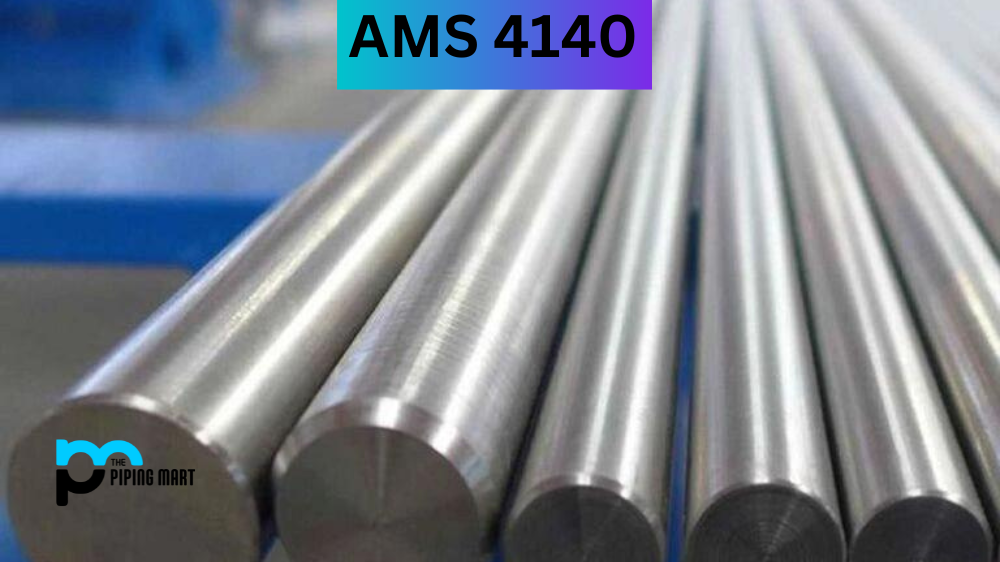Tool Steel O6 is a type of tool steel that is used to create blades and tools with superior cutting abilities. It has excellent corrosion and heat resistance properties, making it an ideal material for high-performance tools. O6 tool steel, also known as UNS T31506, is a highly sought after material in the world of manufacturing and tool engineering. Its composition boasts a unique blend of properties including high hardness, wear resistance, and toughness. The steel is known for retaining its shape even under extreme temperatures, making it an ideal choice for applications that require durability and strength. Some of the most common uses for O6 tool steel include producing cutting tools, shear blades, and stamping dies. Additionally, O6 tool steel offers excellent machinability, making it a top choice among many manufacturers in the industry. The properties of O6 tool steel make it an indispensable material in various industrial settings. This article will discuss the properties, uses, and machining guidelines for Tool Steel O6.
What Forms of O6 Tool Steel is Available at Piping Mart?
- Nut
- Bar
- Bolt
- Pipe
- Screw
- Tubing
- Valves
- Washers
- Flanges
- Fasteners
- Electrodes
- Stud Bolts
- Sheet Plates
- Pipe Fittings
- Forged Fitting
- Instrumentation Fittings
O6 Tool Steel Composition
O6 tool steel is a high-carbon, high-chromium, and oil-hardening steel. Its composition includes approximately 1.25-1.55% carbon, 0.30-1.10% manganese, 0.3% chromium, 0.5% tungsten, and trace amounts of other elements. Known for its toughness and wear resistance, O6 is often utilized in cutting tools and applications requiring high hardness.
| Element | Content (%) |
|---|---|
| Carbon, C | 1.25-1.55 |
| Silicon, Si | 0.55-1.50 |
| Manganese, Mn | 0.30-1.10 |
| Chromium, Cr | 0.3 |
| Nickel, Ni | 0.3 |
| Copper, Cu | 0.25 |
| Molybdenum, Mo | 0.20-0.30 |
| Phosphorus, P | 0.03 |
| Sulfur, S | 0.03 |
O6 Tool Steel Physical Properties
The density of O6 tool steel is approximately 7.67 grams per cubic centimeter (g/cm³). This measure represents the mass of the material and its volume. O6’s density plays a key role in shaping its overall traits, enhancing strength and durability, which proves advantageous in applications like tool manufacturing, where these attributes are essential.
| Properties | Metric | Imperial |
|---|---|---|
| Density | 7.67 g/cm3 | 0.277 lb/in3 |
O6 Tool Steel Mechanical Properties
O6 tool steel exhibits a Poisson’s ratio of around 0.27, elastic modulus of approximately 190-210GPa, bulk modulus of about 140 GPa, and shear modulus of nearly 80 GPa. It possesses a Knoop hardness of roughly 850, Brinell hardness of 752, is known for its machinability, making it favorable for various tool applications.
| Properties | Metric | Imperial |
|---|---|---|
| Poisson’s ratio (25°C) | 0.27-0.30 | 0.27-0.30 |
| Elastic modulus | 190-210 GPa | 27557-30458 ksi |
| Bulk modulus | 140 GPa | 20300 ksi |
| Shear modulus | 80.0 GPa | 11600 ksi |
| Hardness, Rockwell C (As hardened, 64.0 HRC at 120°C temper, 63.0 HRC at 150°C temper, 62.0 HRC at 175°C temper, 61 HRC at 190°C and 205°C temper, 60 HRC at 230°C temper, 59.5 HRC at 260°C temper, 58.5 HRC at 315°C temper. Oil quenched from 800°C, tempered for 1 hour) | 65 | 65 |
| Hardness, Knoop (converted from Rockwell C hardness) | 850 | 850 |
| Hardness, Brinell (converted from Rockwell C hardness) | 752 | 752 |
| Hardness, Vickers (converted from Rockwell C hardness) | ||
| Machinability (based on 100% machinability for 1% carbon tool steel) | 130 | 130 |
O6 Tool Steel Thermal Properties
| Properties | Metric | Imperial |
|---|---|---|
| Thermal expansion co-efficient (@25-250°C/77-482°F) | 12.48 mm/m°C | 6.933 min/in°F |
O6 Tool Steel Equivalent
O6 tool steel is comparable to AISI D6 tool steel. Both exhibit high-carbon, high-chromium compositions, providing excellent hardness, wear resistance, and toughness. They share applications in knives, shears, and cutting tools, showcasing superior performance. Recognized as equivalents, O6 and AISI D6 offer similar attributes, making a viable choice for tool manufacturing where these qualities are crucial.
- ASTM A681
- FED QQ-T-570
- SAE J437
- SAE J438
- UNS T31506
O6 Tool Steel Properties
O6 tool steel is an air-hardening variant crafted from a blend of chromium, molybdenum, and vanadium alloyed steel. This composition imparts outstanding hardness and wear resistance. Notably tough with shock resistance, it excels in tools subjected to substantial wear. Precise heat treatment is crucial for desired properties, and once hardened, it maintains strength even at elevated temperatures up to 500°C (932°F). Its superb corrosion resistance further enhances suitability for applications prone to rust or environmental factors.
O6 Tool Steel Uses
O6 Tool Steel Machining
To achieve optimal results when machining Tool Steel O6, certain considerations are crucial. Employ sharp tooling to prevent excessive heat buildup, which can lead to premature failure or breakage due to thermal shock during rapid cooling. Given its challenging machinability at higher speeds, opt for slower feed rates to minimize chatter and vibration while still achieving a satisfactory part surface finish. Introducing lubrication in the machining process is advisable to reduce friction, enhancing part finish quality and extending cutting tool life by mitigating heat buildup generated by friction.
Conclusion:
Tool Steel O6 is optimal for crafting tools demanding top-notch wear resistance, like knives and shears. Its composition of chromium-molybdenum-vanadium alloyed steel imparts excellent hardness and toughness, even at temperatures up to 500°C (932°F). Beyond that, its corrosion resistance allows safe use in food processing equipment without concerns about oxidation or rust contamination. The material proves versatile for applications requiring a combination of superior hardness and corrosion resistance. When machining, careful attention to feeding rates and lubrication ensures successful outcomes every time with this adaptable material.
Meet Heer, a dynamic and driven writer learning tricks of her trade in the metal industry. With a background in Digital Marketing, Heer brings a unique perspective to her writing, sharing valuable insights. Apart from blogging she like reading and hiking.




